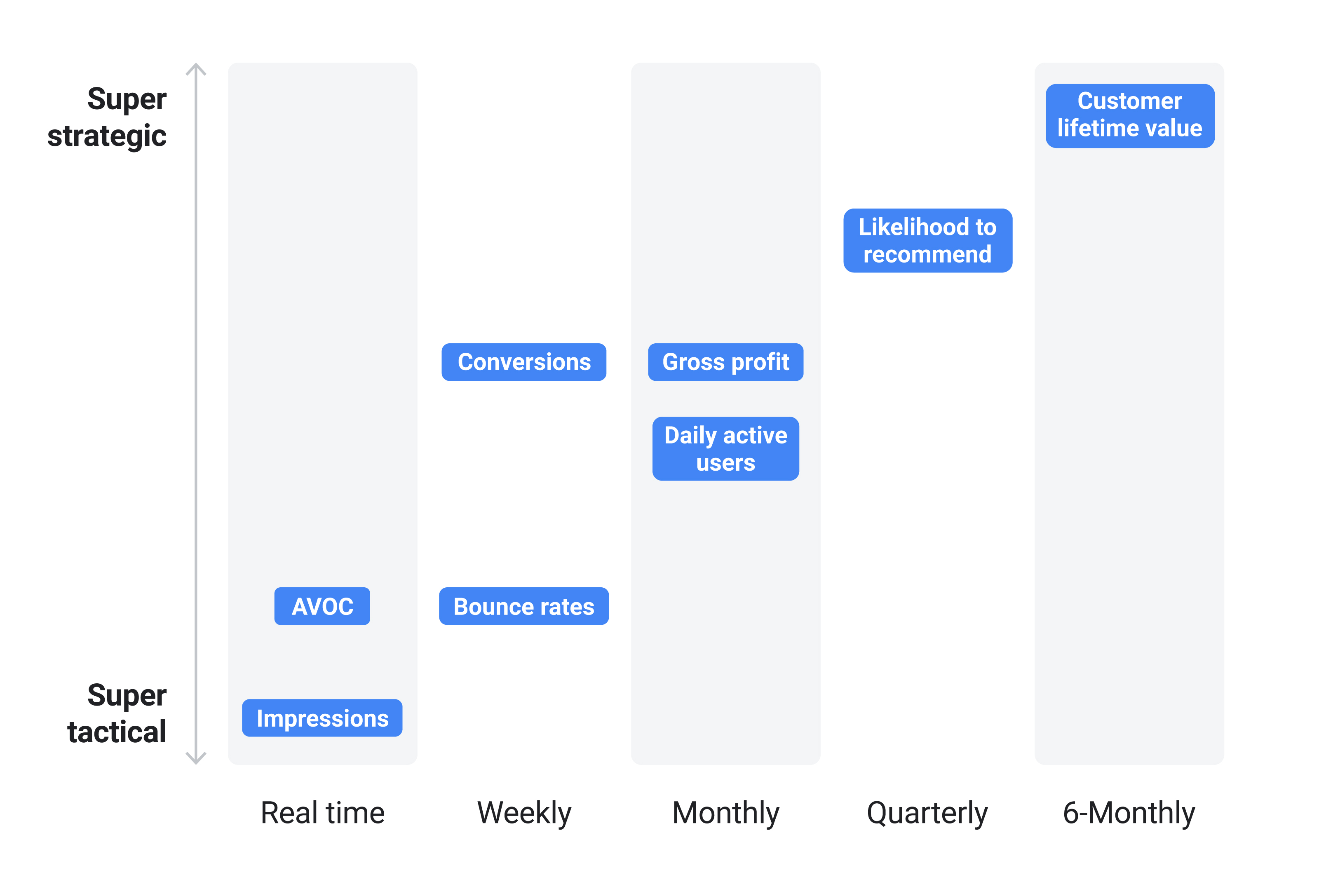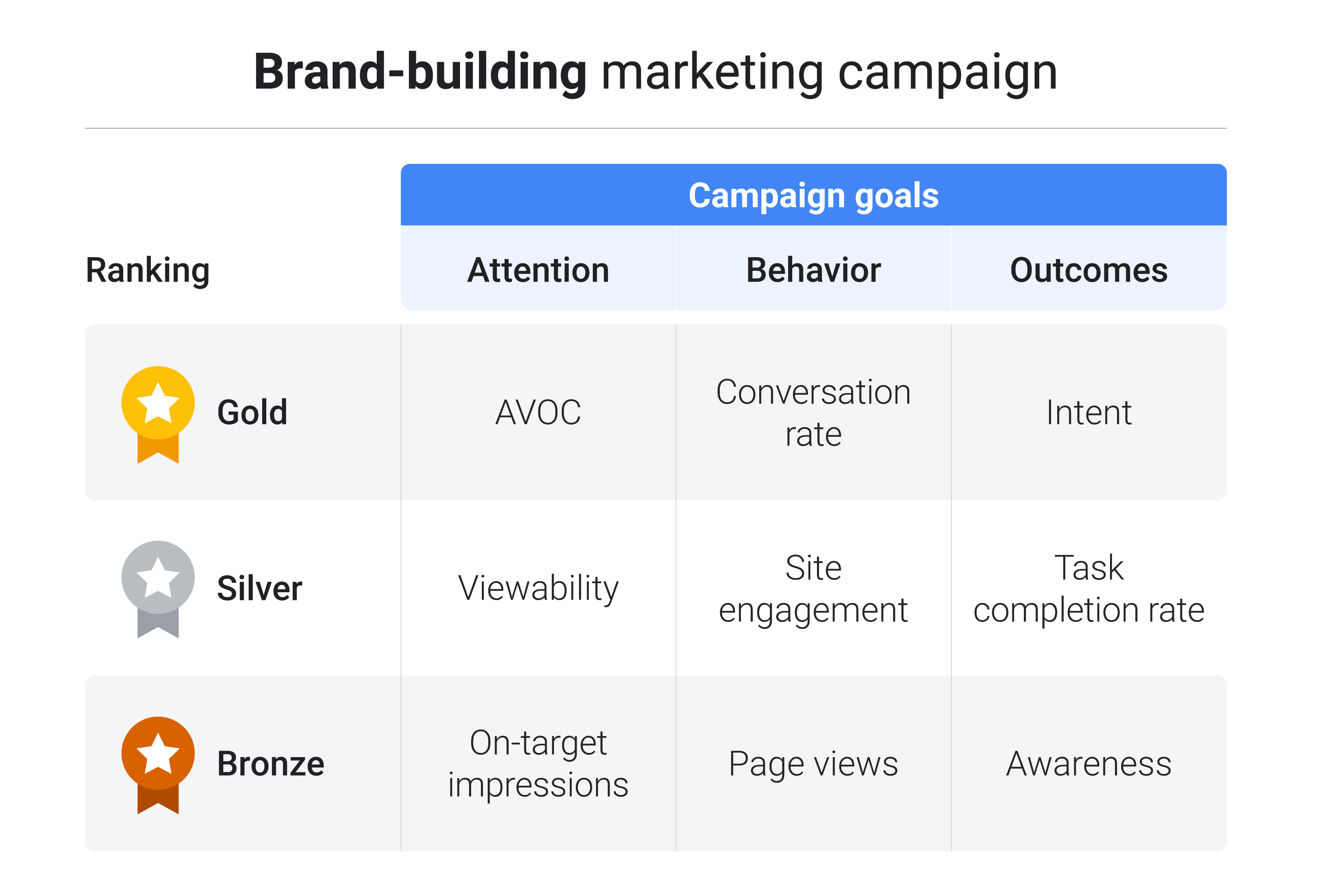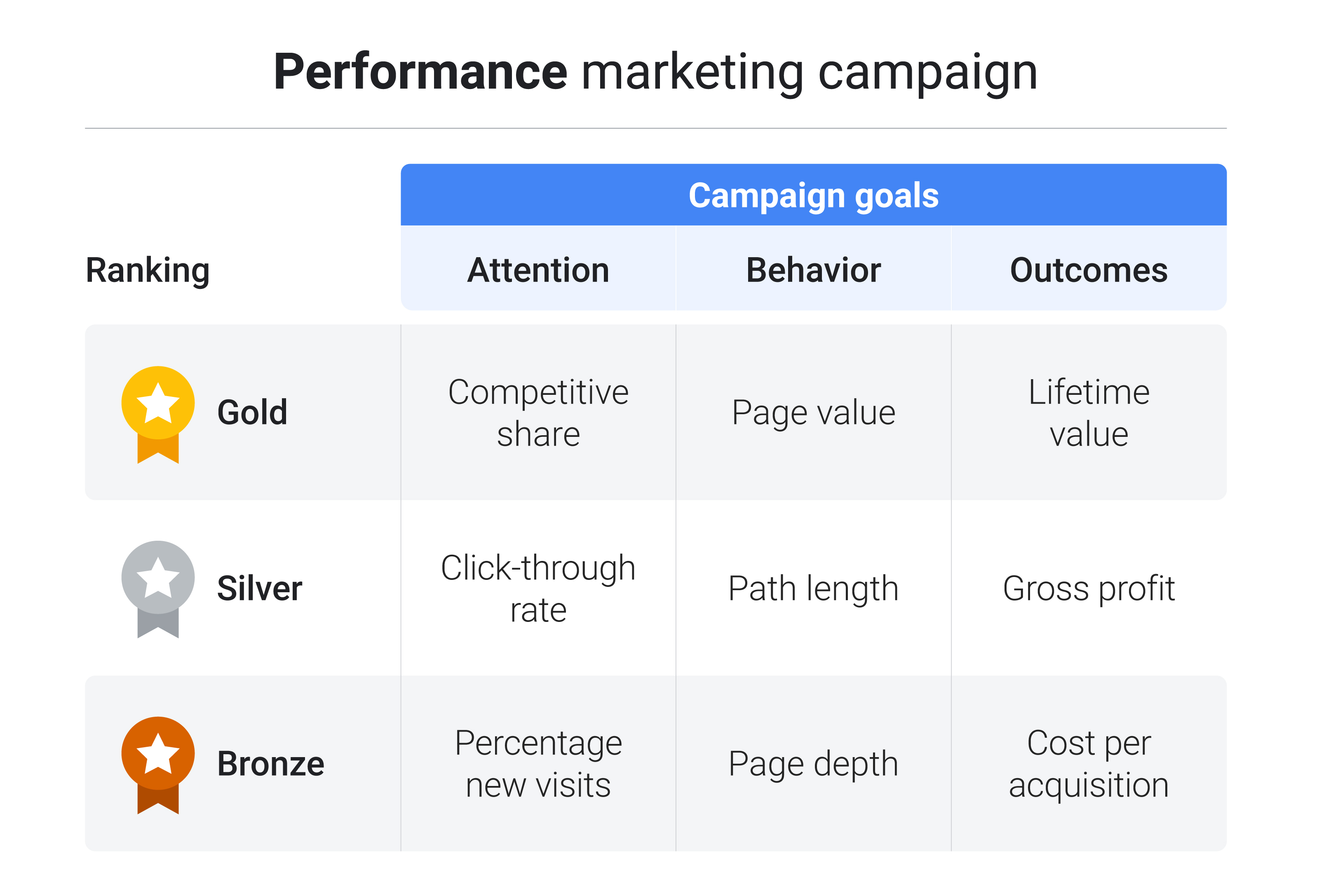We have so many marketing metrics at our disposal that we end up measuring both what matters and what doesn’t. Google’s Avinash Kaushik shares three tips for making sense of all the noise and understanding the real business impact of a marketing campaign.
In digital, every view, click, and scroll generates reams of data that we can use to better evaluate our marketing campaigns and inform future decisions. While this has helped us understand our digital marketing efforts to a degree not possible even a decade ago, it can be hard to isolate the signal from the noise. Too often, we end up measuring what matters, what doesn’t matter, and what should never matter.
It’s a problem almost every marketer will relate to. To overcome it, my colleagues and I on Google’s advanced multichannel analytics team have identified three steps that allow us to make sense of the noise and become smarter at measuring the bottom-line impact of our advertising. I think that, by following these steps, other marketers can do the same.
1. Classify advertising metrics based on their business impact
As a marketing analyst, I love data. But data is only a means to an end. The end goal is not to create a pretty chart showing how many impressions different campaigns got. It’s to have an impact on the company’s bottom line. To separate the wheat from the chaff, at Google, we classify the tsunami of metrics at our disposal using an impact matrix.

Here, the x-axis indicates when a metric becomes useful. For example, impressions are available and useful in real time. Some elements of customer lifetime value are also available in real time, but it takes months for them to be useful. Organizing advertising metrics in this way helps to classify which ones to pay attention to and when.
The y-axis above — on a logarithmic scale to sharpen its value — indicates whether a metric is tactical or strategic. Sticking with the same examples, impressions are super tactical and add, at most, pennies of value to any decision made. Customer lifetime value, on the other hand, is super strategic. The insights gleaned from this metric can add hundreds of thousands of dollars of value to any decision made.
Once you’ve classified your marketing metrics in this way, your reports and dashboards will be cleaner, your marketers will have 50% less data to wade through, and your analysts will have 50% more time to spend on carrying out analyses (as opposed to just data puking).
2. Choose KPIs with business objectives in mind
Marketers often use the terms “metrics” and “key performance indicators” interchangeably, but they are entirely different things. As I’ve explained in the past, a KPI is a special kind of metric that helps you understand how you’re doing against a specific business objective.
The reason it’s important to remember this distinction is that, when we don’t, we can end up setting KPIs that don’t actually tell us if a marketing campaign is helping us hit our business goals. Why? Sometimes we’ve chosen a metric because it’s easy to measure, other times we haven’t taken enough time to think about what we’re really trying to achieve.
That’s why my team took all the marketing metrics we track at Google and worked out which ones make the most sense as KPIs for different types of campaigns. We then ranked them in order of effectiveness, with gold being the best of the bunch.


So if a marketer at Google is running a brand campaign, and their goal is to generate awareness, we’d rather they track how often an ad was audible and visible on complete (AVOC) than how many impressions it got, since we know from internal testing that this is a more accurate predictor of brand awareness lift.
Of course, coming up with KPIs that really measure whether you’re achieving your business goals is hard. This simple five-step digital marketing and measurement model that I developed should make that process easier. The end result will be a one-page document that can act as the north star for your entire company’s marketing analytics efforts.
3. Align your analytical output with each leader’s altitude
Last year, my team did an audit of the marketing metrics that were being reported back to our CMO. The number we got back — which was a conservative estimate — was 70. Marketing leaders need to make strategic decisions about where to invest and where to scale back. A data dump of every metric available is not going to help them do that.
That’s why, here at Google, we’ve taken all the data points from our impact matrix and divided them based on who needs to take action on them. Metrics in the bottom-left side of the impact matrix — click-through rates, unique page views — help make small decisions in real time. As far as possible, we’ve automated all the decision-making related to these metrics.
We then selected a handful of relevant business metrics from the top-left and bottom-right side of the impact matrix for our managers and directors to focus on. These are high-value metrics that might take time to become useful and need human contextual interpretation. The top-right section includes the metrics that can potentially have an enormous strategic impact on our business. These are the ones we share with our VPs and CMO. Each individual receives just the data they need for the decisions only they can make to deliver incremental impact.
It’s not how much data you have that matters, it’s what you do with it. I hope these three steps will help you do something better with all the data you have at your disposal.







